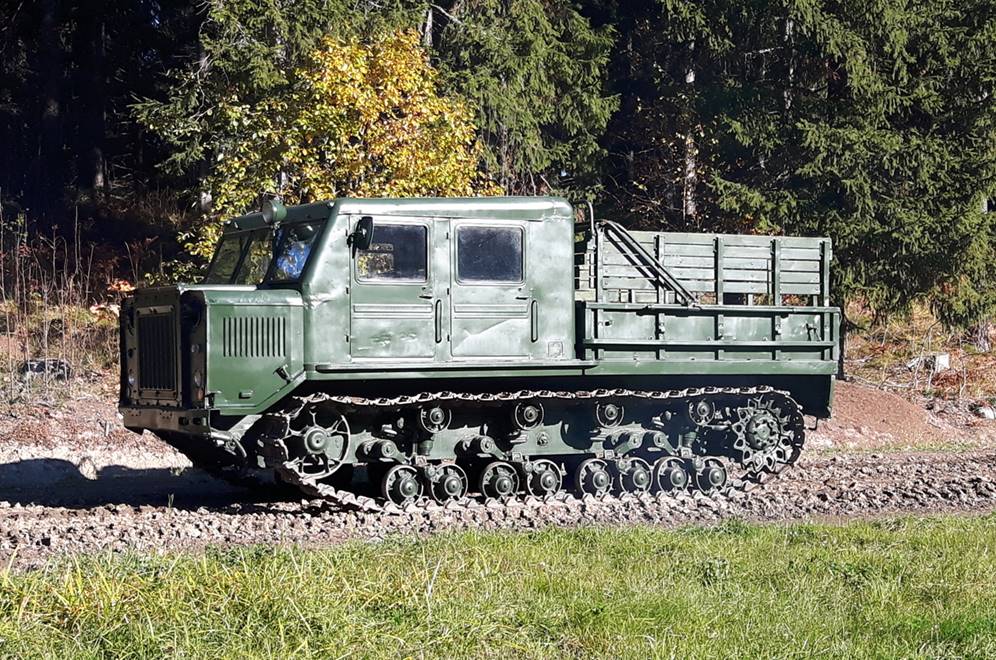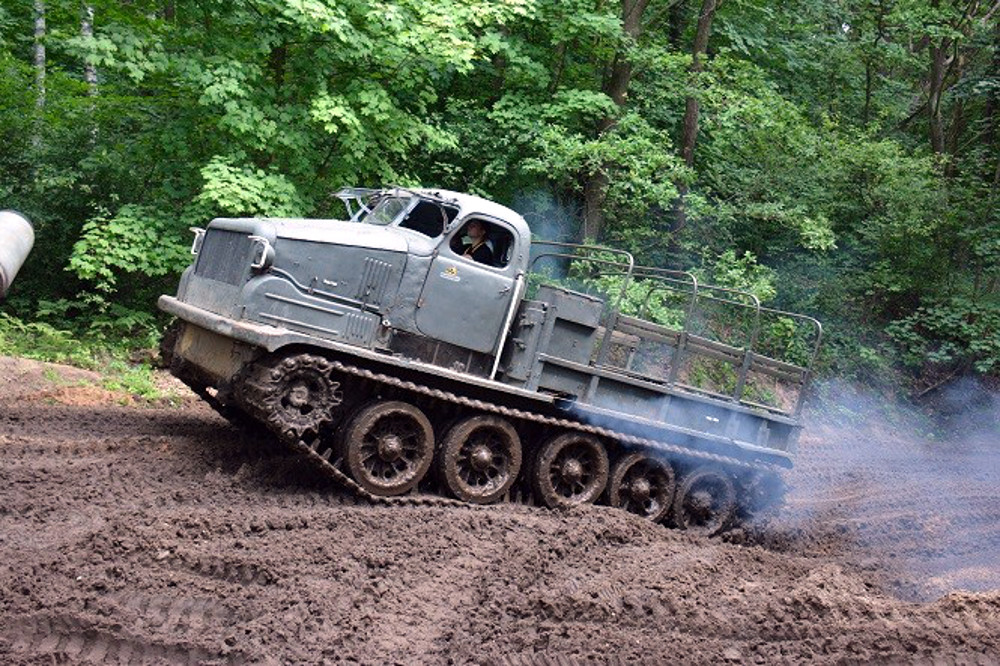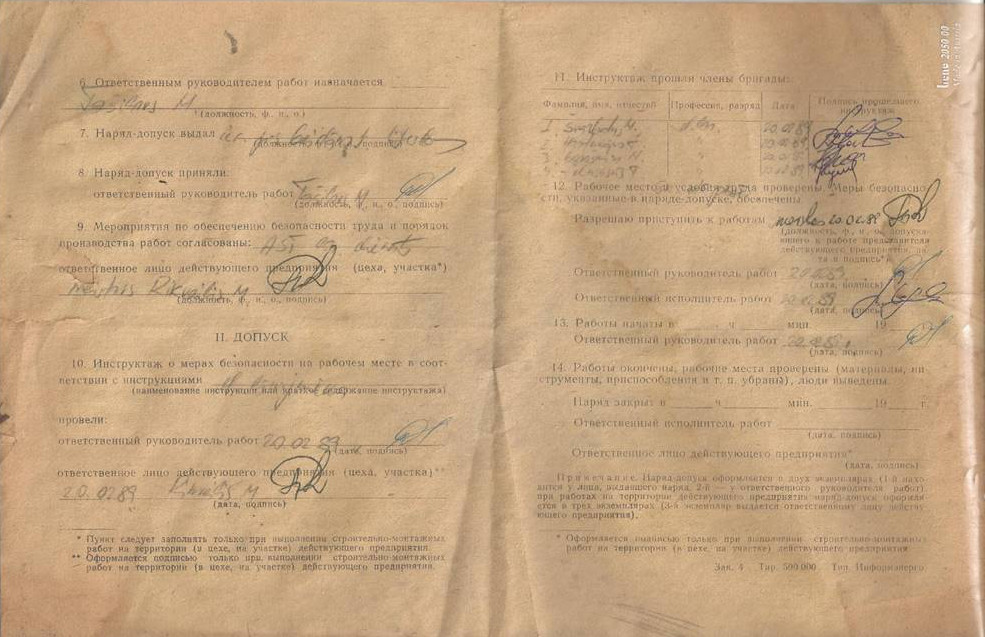Our vehicle is from the earlier version, and it regularly participates in exhibitions during the Austrian National Day on October 26 downtown Vienna.In the early 1950s the Soviet Army introduced the first generation of new artillery tractors – the AT-S. It provided good off-road capabilities and – for its era – adequate speed when towing heavy artillery pieces or radar stations.

By the late 1950s, the AT-S was replaced by the ATS-59.

The development of the ATS-59 was based on the proven hull and running gear of the T54 main battle tank, it even used the same V12-cylinder diesel engine, which was now designated as type A650 and limited to 300 HP at 2600 rpm from 38.8 liters volume. The running gear consisted of five road wheels on torsion bars and the drive sprockets in front. The main disadvantage of the ATS-59 was its small cab, necessitating personnel transport on the rear loading platform. Thus it was very quickly replaced by the ATS-59G with a larger NBC-rated cab seating seven people. The engine was moved from the front to the center of the vehicle, with transmission and final drives in front of the engine. Maximum ground pressure was just slightly above 1 lb/cm², the vehicle could negotiate inclines up to 35% and had a ground clearance between the tracks of 425 mm. It could ford 1.5 m deep water without special preparations and traverse obstacles up to 1.1 m in height. Its maximum payload was 4 tons, maximum towed weight was 14 tons, and it was equipped with a mechanical recovery winch for a maximum line pull of 15 tons. The engine was upgraded to the improved type A-650-V2, the running gear remained unchanged.

The ATS-59G was mainly utilized in the Warsaw Pact forces to tow the 130 mm M46 field gun and the 152 mm howitzer, sometimes also the launching ramp for the S-75 SAM or the P-37 radar stations. It was supplied to many armies worldwide, mostly those based on Warsaw Pact weapon systems. The National People’s Army (NVA) of the German Democratic Republic utilized the ATS-59G it its artillery regiments until the end of the 1970s. Surplus vehicles were given to agricultural operations, where they excelled due to their very low ground pressure and high towing capacity.
The ATS-59G’s engine is still based on the standard V2 diesel engine as first introduced in the T34 battle tank in the late 1930s, where it already produced 500 HP. Originally designed as an aircraft engine, it retained an aluminum block and a compressed-air starter, allowing starting of the engine even with fully drained batteries from high-pressure air bottles in the cab. In the T72 main battle tank the final and most powerful version of this engine delivered more than 1000 HP.
Our vehicle was one of the last produced ATS-59G, delivered to Latvia in 1989. It underwent the prescribed break-in procedure and was subsequently placed in storage with only 300 km on the clock. When it was finally brought to Austria in 2011, a massive engine damage was detected, the vehicle received a brand-new replacement engine and since 2018 regularly participates in “On Wheels and Tracks”, the annual military vehicle gathering of the Austrian Military History Museum in Vienna.




